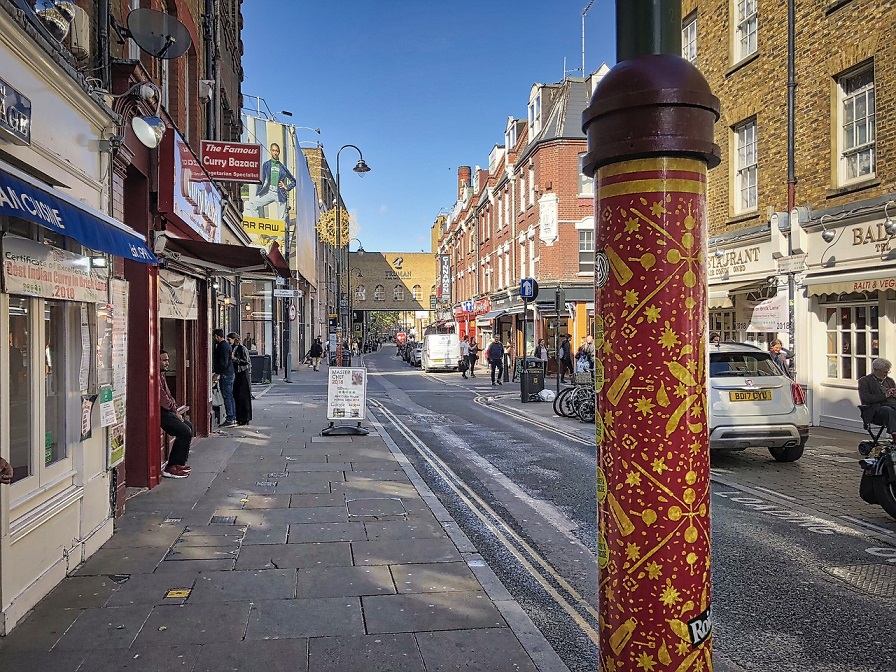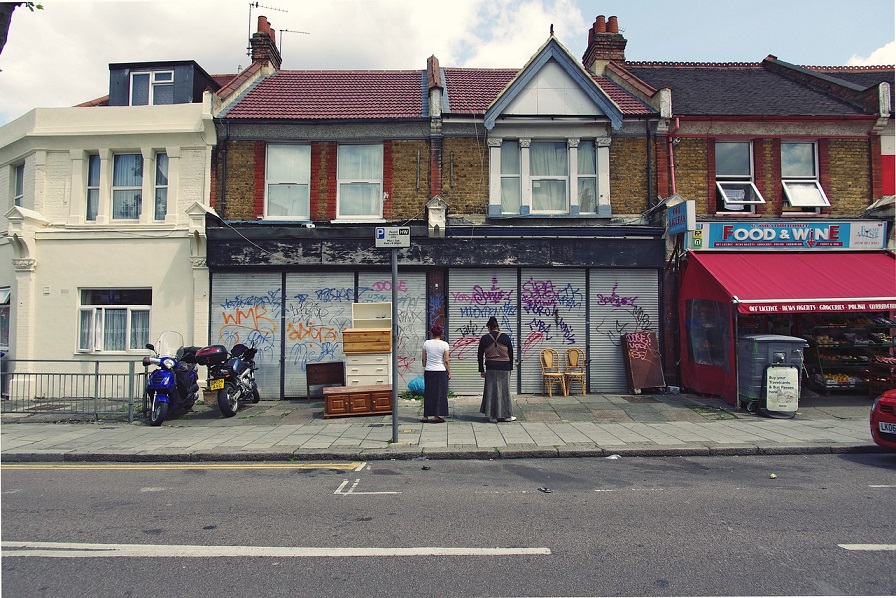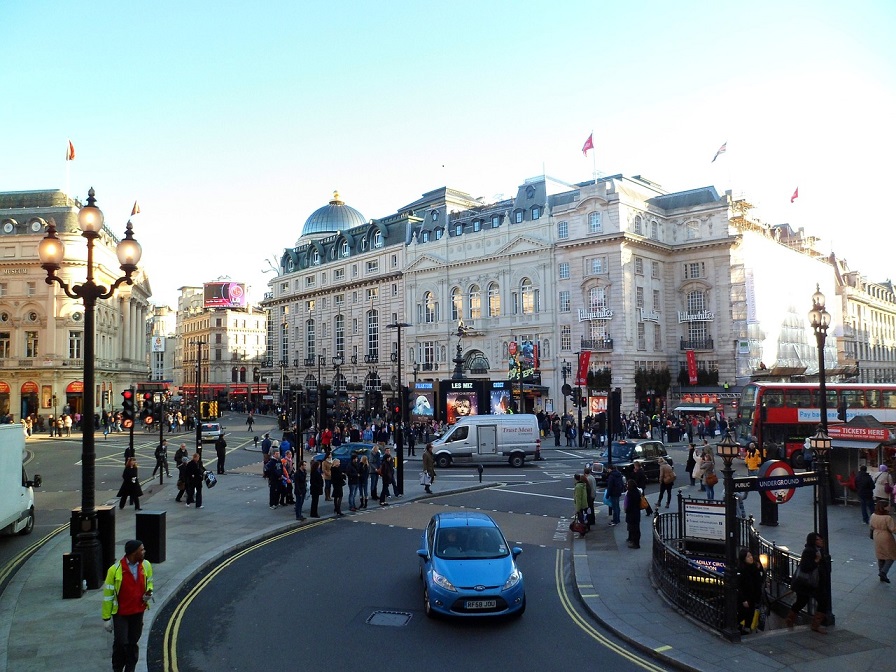45% of the Latin American immigrant community living in London are not happy with their living conditions. Their biggest problem is overcrowding.
_
 Miriam Valero
Miriam Valero
Marisol is a 37 year old Bolivian, born in Cochabamba. After living in Spain, she decided to travel to the UK so that she could provide a better future for her children. She has lived in London since 2003, but not in the conditions that she had hoped for.
She earns £600 a month and shares a house in Southwark with four other families. The house has one bathroom that everyone has to share, and there is no kitchen or communal living space. Marisol is forced to live her life in one room that is her kitchen, where she prepares meals in difficult conditions, and where they eat. This same space is also her lounge and bedroom. Marisol’s situation is not an isolated example. The Latin American community’s access to housing that would guarantee their well being and would not force them into living in crowded and unhygienic conditions, could be considered a major problem in the city, and affects almost half of Latin American immigrants.
According to the study, “No longer invisible: the Latin American community in London”, 45% of the community has felt dissatisfied with the quality and conditions of their living arrangements since they arrived from their home country.
 Some factors affecting this figure include limited wages, immigrants not knowing their environment and conditions, and sometimes illegal status, which has pushed many Latin Americans to live in places that are a far cry from a secure and private place to rest after a long working day.
Some factors affecting this figure include limited wages, immigrants not knowing their environment and conditions, and sometimes illegal status, which has pushed many Latin Americans to live in places that are a far cry from a secure and private place to rest after a long working day.
One of their biggest problems is housing. Almost a third of Latin Americans share a house with other families.
Sometimes whole families are forced – as is the case with Marisol – to live in one room, and share communal areas with others.
In other cases, when a person lives alone and does not have a family, they may have to sleep in communal rooms, if there aren’t enough bedrooms, or share with other adults who they do not know.
Immigrants who say that they are dissatisfied with their accommodation and live in crowded conditions usually work in low skilled jobs, 60% have a monthly income less than £1,000.
Men in the immigrant community are more likely than women to live in overcrowded conditions, with figures showing 55% and 45%, respectively.
 When distinguishing by country, figures of dissatisfaction grow particularly in groups of immigrants from countries like Bolivia and Ecuador.
When distinguishing by country, figures of dissatisfaction grow particularly in groups of immigrants from countries like Bolivia and Ecuador.
Added to this is the fact that the Latin American community is concentrated in areas with generally poor living conditions anyway, including Southwark, Lambeth, Haringey, Hackney and Islington, among others.
The study indicates that this is because these neighbourhoods are located close to where the jobs are.
Other characteristics
Around 40% of Latin Americans in London are renters and close to a third live in badly maintained, private rental properties.
In the report, people interviewed denounced abusive rental prices for properties, that are often in terrible condition and hardly maintained by landlords.
Only 14% live in houses they own themselves, which when compared with the average Londoner, is three time lower than the property ownership rate in the city. Peruvians are more likely to own their own home than other Latin American immigrants.
 Latin Americans also have limited access to public housing, because of their immigration status. Only 16% live in this type of accommodation.
Latin Americans also have limited access to public housing, because of their immigration status. Only 16% live in this type of accommodation.
Interestingly, access to this type of accommodation is given to many more women than men, 22% as opposed to 8%.
In other words, while it may seem to elevate ‘class status’ to live in a ‘developed country’, for Latin Americans their situation may sometimes have become worse here than it was in any other country they have lived.
Simply because here is easier for them to lose their social status than it was in their home country
(Translated by Grace Essex: grace.essex@gmail.com) – Photos: Pixabay












.jpg)












